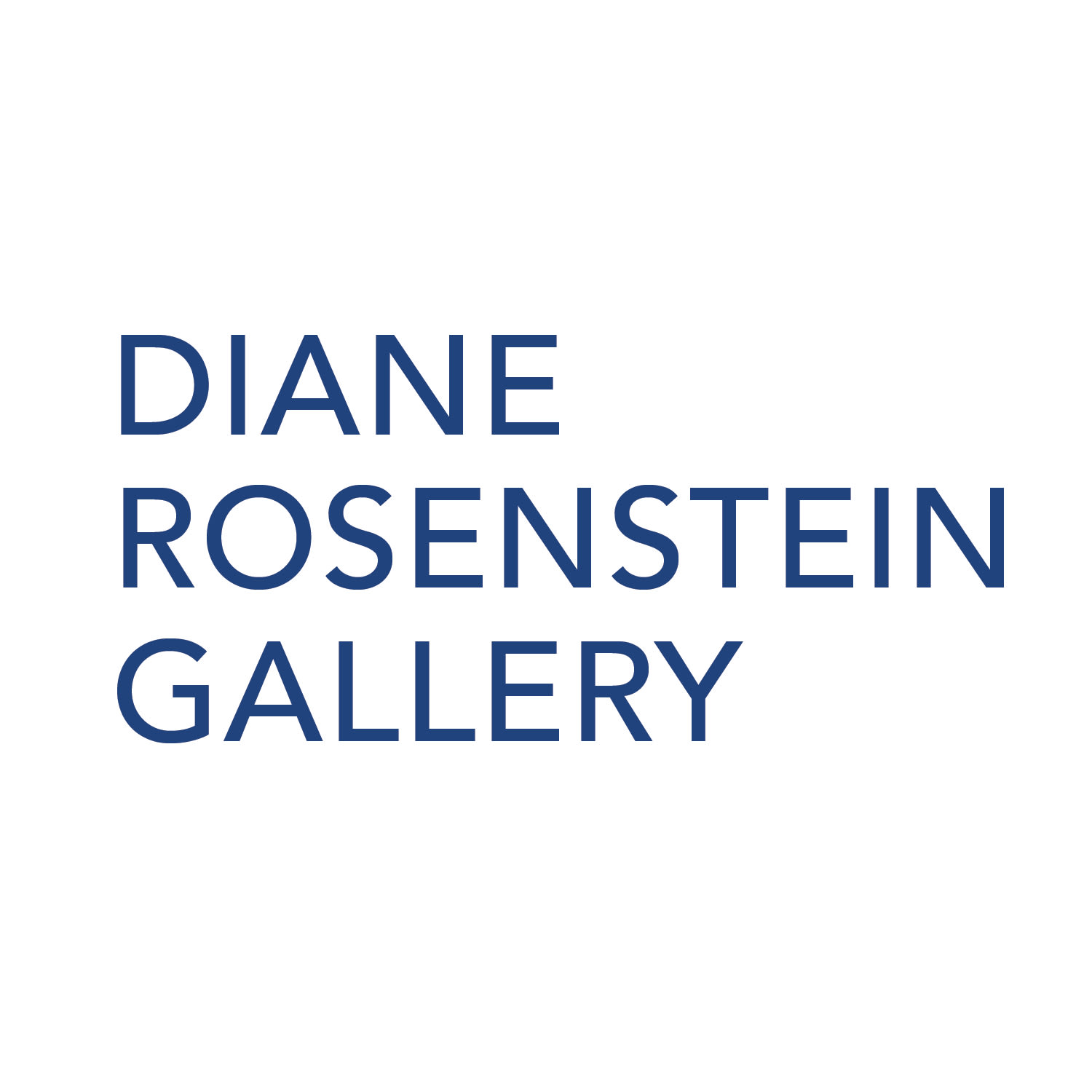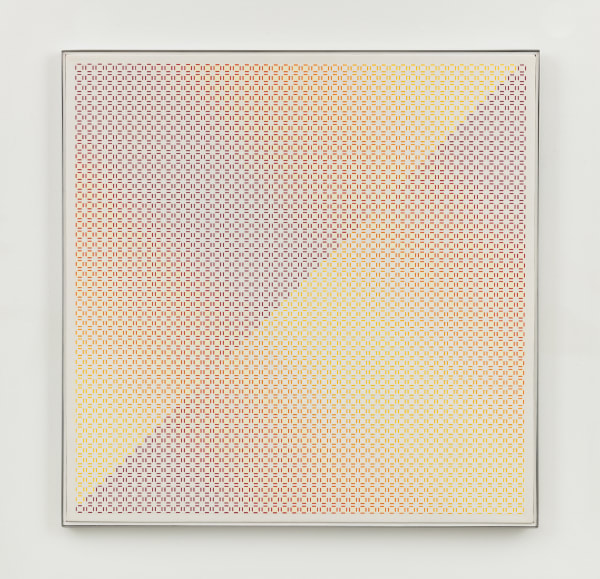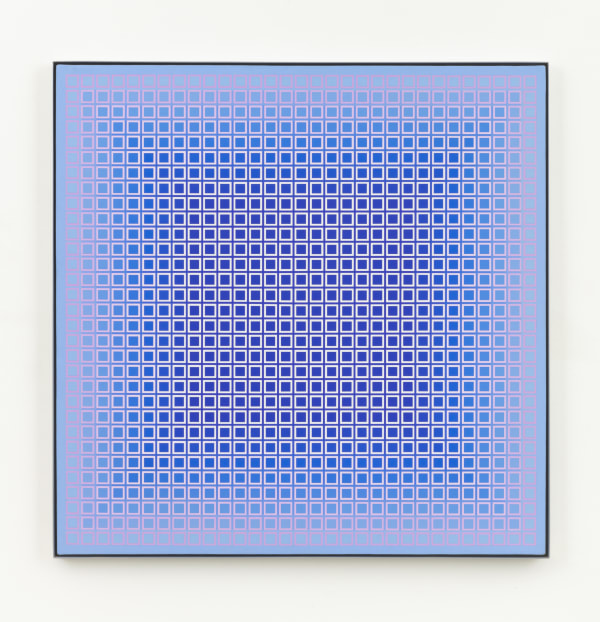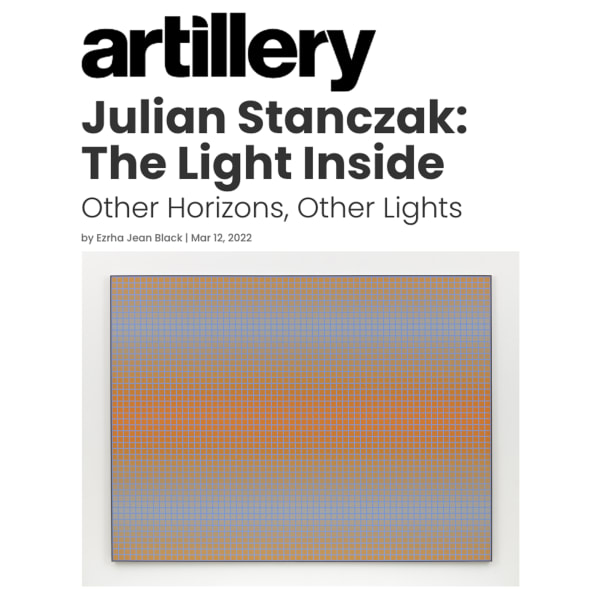Julian Stanczak: The Light Inside
Past exhibition
Overview
The Light Inside explores Stanczak's intuitive use of color and geometric abstraction to create a sense of radiant light. This historic series of paintings — made in Cleveland between 1972-1987 — resonates with the themes of the California Light And Space movement. According to the artist (who died in 2017), his minimal compositions are emotional landscapes that express his desire to transcend the surface containment of the painting as object and connect with the viewer through perception.
The paintings in this exhibition date from the early 1970s, and most utilize a grid pattern of squares over a monochromatic field. Stanczak, who is recognized as a pioneer of optical painting (Op Art) in the 1960s, had evolved by the Seventies into a virtuoso of color and light; and these paintings are masterworks of geometric minimalism. The various hues and proximate colors are modified only slightly and create a beautiful and subtle experience.
We gratefully acknowledge the assistance of Barbara Stanczak, Krzys Stanczak, Neil Rector, and Mitchell-Innes & Nash, NYC, in the organization of this exhibition.
Works
Installation Views
Press
News
-
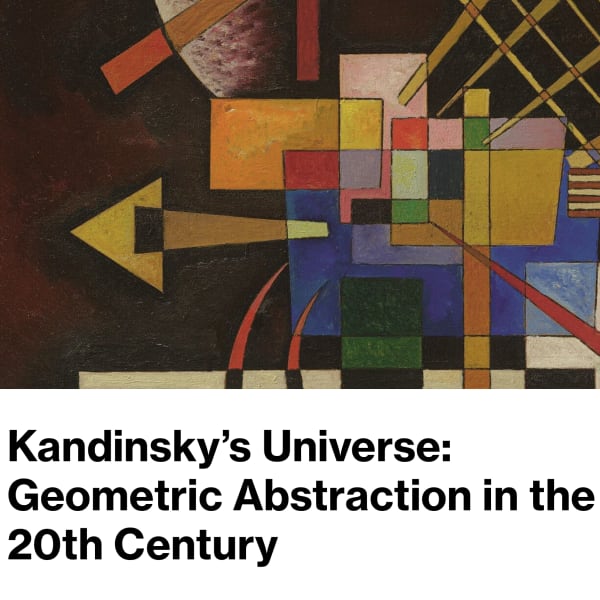
Julian Stanczak at Museum Barberini
February 1, 2025Julian Stanczak is included in 'Kandinsky's Universe: Geometric Abstraction in the 20th Century ' at the Museum Barberini, in Potsdam, Germany. This major group exhibition...Read more -
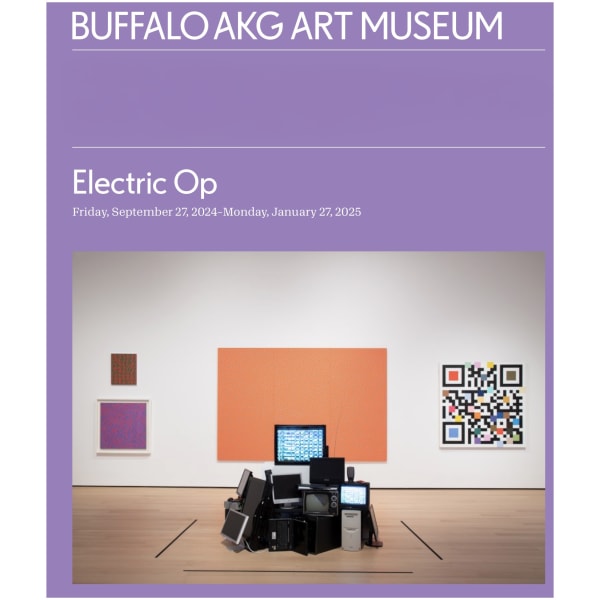
Julian Stanczak at Buffalo AKG Museum
September 26, 2024Julian Stanczak is included in 'Electric Op ,' at the Buffalo AKG Museum, curated by Tina Rivers Ryan, in Buffalo, New York. 'Electric Op' is...Read more
Press release
